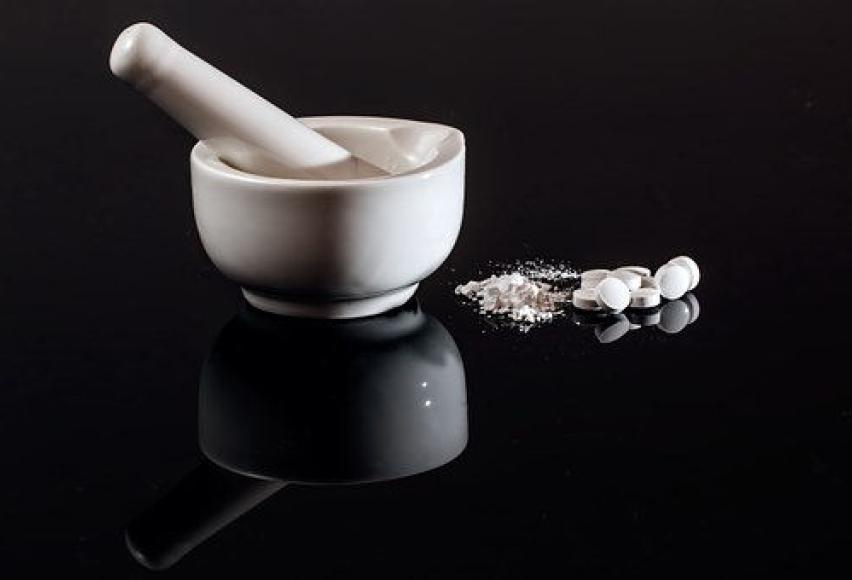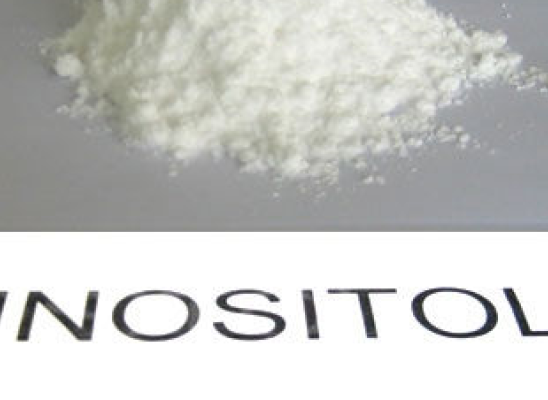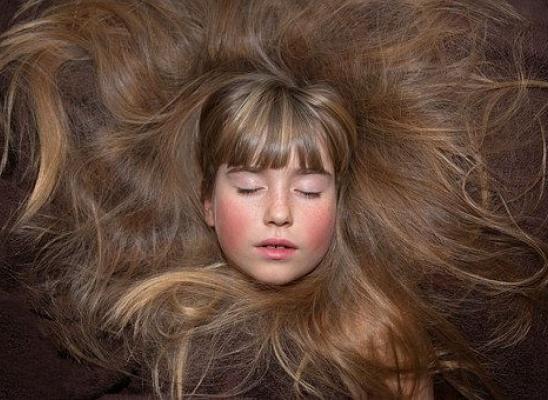NeuroReplete for Trich

Online test
Find out the severity of your symptoms with this free online test
Although cognitive behavioral therapy (CBT) is the most effective treatment for the sustainable management of compulsive hair pulling, other mechanisms such as change in diet or medication have also been found to be effective when used in conjunction with CBT. CBT is not a quick fix and when you are dealing with a tormenting condition, be it physical or psychological, it is natural to desire immediate results. Research in the pharmaceutical industry has made huge progress in many different fields, providing immediate from a variety of conditions that people struggled with for years. However in the field of body focused repetitive behaviors (BFRBs) there has not been any dramatic advances in terms of the treatment of conditions such as trichotillomania. Possibly part of the reason is that BFRBs in themselves are still poorly understood. There is no definitive cause of trichotillomania and it is so unique to each individual. For some people there is good evidence that genetics plays a role, for others neurological processes holds the key, while evidence of a significant role of hormonal imbalance also holds true. So while there are some individuals who have had great success in reducing their hair pulling urges through the use of medication, this is only a small number compared with the number of people who suffer from this disorder. In addition the positive results are shared between a variety of medications, ranging from dietary supplementation to pharmaceutical drugs used to treat other mental illnesses like depression and anxiety. One of the medications that has come into the spotlight for trichotillomania specifically is NeuroReplete (5-HTP).
The role of neurotransmitters in hair pulling
NeuroReplete is often used as part of amino acid therapy aimed at addressing a neurotransmitter imbalance, which is thought to be involved in a number of conditions including trichotillomania. The basis of this hypothesis is that neurotransmitter imbalances are what causes the intense urges to pull in many trich sufferers. Neurotransmitters are the brain’s chemicals that communicate information throughout our brain and body. The brain uses neurotransmitters to tell your heart to beat, your lungs to breathe, and your stomach to digest. There are 2 types of neurotransmitters:
- Excitatory: these stimulate the brain, e.g. leads to increased heart rate
- Inhibitory: these calm the brain and balance mood, and create balance when excitatory neurotransmitters are active

So we can see that neurotransmitters have an incredibly important role to play in the way our body’s respond when it perceives a threat or requires a sudden increase of energy. Many compulsive hair pullers report to experience the urge to during times of high anxiety or stress, or when they are under- or over-stimulated such as engaging in passive activities like reading or when trying to fall asleep. When we feel over-stimulated it may indicate we have an over-activity of excitatory neurotransmitters in which case our bodies are supposed to counter the effects of these with inhibitory neurotransmitters. However inhibitory neurotransmitters are known to be easily depleted when the excitatory neurotransmitters are overactive. Conversely, when we feel under-stimulated, this may indicate that there is an excess of inhibitory neurotransmitter activity that needs to be balanced by the brain firing excitatory neurotransmitters. In both cases, an imbalance has occurred. NeuroReplete (5-HTP) contains 5-hydroxytryptophan (5-HTP), also known as oxitriptan (INN), which is a naturally occurring amino acid and the building block for serotonin – an inhibitory neurotransmitter. The opposite of that would be to take L-tyrosine, the building block for excitatory neurotransmitters such as dopamine. Therefore, the rationale for taking NeuroReplete (5-HTP) for hair pulling is that an increase in serotonin will counter the effects of the excitatory neurotransmitters, while L-tyrosine will counter the mood dampening effects of serotonin. This in turn should result in a decrease in the urge to pull.
Makes sense, why doesn’t it work for everyone?
While the theory is sound, and taking NeuroReplete has had hugely positive effects in the lives of many hair pullers, it has not helped everyone. There are a number of possible reasons for this:
- The exact underlying neurotransmitter imbalances that lead to the urge to pull are different for each person and therefore each person requires their own unique blend of amino acids to achieve optimal neurotransmitter function.
- Research has shown that administering only 5-HTP or L-tyrosine will lead to further depletion of neurotransmitters, creating further imbalances. Even though some people may initially see some positive results due to the increase in either serotonin (if 5-HTP is given) or dopamine (if L-tyrosine is given), they will eventually develop other symptoms as the two systems become imbalanced. It is therefore recommended to take a combination of both.
- Neurotransmitter imbalance is not the only possible cause of trichotillomania. Some studies have suggested hormonal factors, diet has also been seen to have an influence, while others have found evidence of genetics playing a role
- There is a psychological component tied to trichotillomania that cannot be addressed by medication
A balanced approach
Aside from all the biological causes of hair pulling urges, there is a strong psychological component to all trich sufferers. Even if the urge to pull is caused by neurotransmitter imbalance, the factors that lead to the over-firing of either excitatory or inhibitory neurotransmitter are usually triggered something far less tangible – our thoughts and feelings. Our thoughts and the way we perceive the world around us is a critical gateway, to how our brain reacts in any given situation. It is therefore important to consider a balanced approach when treating trichotillomania. Taking medications may have positive results in the beginning, but it is often the case that the effects wear off over time. It is therefore important that medication not be used as the primary treatment, but rather as complimentary to more sustainable cognitive behavioral methods.
Online test
Find out the severity of your symptoms with this free online test
Start your journey with TrichStop
Take control of your life and find freedom from hair pulling through professional therapy and evidence-based behavioral techniques.
Start Now


